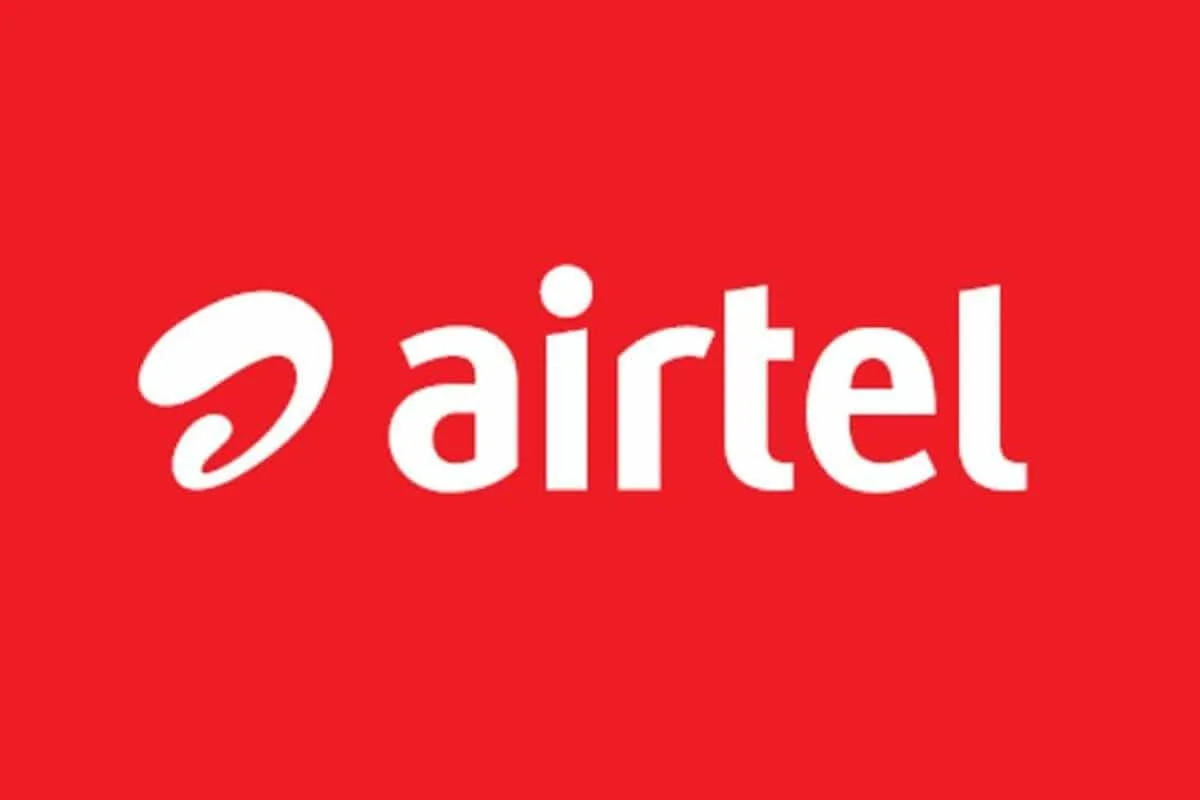
During 2QFY25, Bharti Airtel reported the highest growth at 17.6 percent YoY, driven by ARPU growth (+15 percent YoY), while Jio's revenue growth, though slower than Bharti's at 14 percent YoY, was still higher than the sector's and was led by ARPU (+8 percent YoY), Jefferies said in its India Telecom Services report on December 2.
Also Read: Subscriber Migration to BSNL Significantly Slowed Over Network Quality Issues: IIFL
Tariff Hikes in July 2024
Post the tariff hikes in July 2024, Jefferies believes that ARPU growth will remain strong. Bharti Airtel's and Jio's growth of 14-18 percent YoY is robust, considering only partial flow-through of tariff hikes. VIL's (Vodafone Idea Limited) net revenues grew 2 percent YoY, despite continued subscriber losses (a 9 percent YoY decline in average active subscribers).
Market Share Gains
During 2Q, the telecom sector's growth accelerated to 13 percent YoY, with both Jio and Bharti revenues up 14-18 percent YoY. Bharti gained 140 bps, and Jio gained 50 bps market share in 2QFY25 vs FY24. Airtel gained market share in 21 out of 22 circles in 2Q, with the bulk of its market share gains coming from Delhi, Tamil Nadu, and Bihar while it lost 20 bps market share in UP (East).
Also Read: Airtel’s 30,000 Network Sites Set to Transform Rural Connectivity
Airtel Rural Expansion Strategy
Jio’s market share gains were more broad-based, although it lost around 20 bps in Delhi. Notably, Bharti gained around 190 bps of market share from both VIL and Jio in C-circles, suggesting traction in its rural expansion strategy.
The report notes that VIL's market share declined to an all-time low, with market share loss across all 22 circles. Specifically, VIL lost 140-160 bps in the more urban-centric Metros, A-circles, and B-circles and a lower 50 bps market share in C-circles. Market share gains toward Bharti and Jio are likely to continue till VIL completes its network investments.
"Vodafone Idea reported revenue growth for the fourth straight quarter. Considering only partial flow-through of tariff hikes, VIL is likely to continue witnessing growth, which may arrest the pace of market share gains for Bharti/Jio in the future," the report noted.
However, Bharti maintained its market share leadership in Metros and A-circles, reflecting its strength in urban-centric markets.
Positive key Takeaways
Three positive takeaways, according to the report, for the sector include: revenue growth aided by the partial flow-through of tariff hikes, which is expected to grow further in the coming quarters benefiting from recent tariff hikes; VIL’s market share loss, which indicates that market share gains will continue to benefit Jio and Bharti in the near term; and the convergence in growth of Bharti and Jio, which is likely to keep pricing disciplined since the tariff differential is not adding to the growth differential.
Jefferies expects the sector revenues to grow at a 14 percent CAGR to USD 38 Billion over FY24-26, with market share gains for Bharti and Jio.
Also Read: Airtel, Vodafone Idea and Reliance Jio in Q2FY25: A Snapshot of ARPU and Subscribers
For Bharti, Jefferies assigned a price target of Rs 1,920, citing downside risks such as lower, delayed tariff hikes, higher-than-expected capex, slow 5G adoption, and slower-than-expected market share gains.















